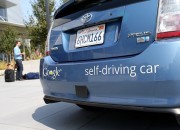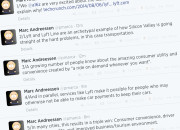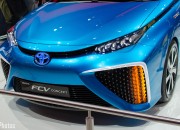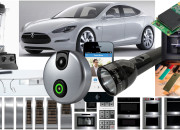Automotive
If there’s one important thing I’ve learned after going on several business (and family) trips in my young adulthood, particularly the ones overseas, it’s the following: there are some devices that I really just needed during our trip. Of course, there are items that are more obvious that you already have with you, such as your laptop, tablet, and anything remotely related to working while on the road. But you knew that already.
At the announcement of the new service, venture capitalist Marc Andreessen — an investor in Lyft — went on a Twitter firestorm extolling the virtues of the service. Never one to hold back, Andreessen called Lyft Line “an archetypal example of how Silicon Valley is going straight at the hard problems.”
We’re a long ways off from actualizing the future, but there’s definitely a lot of work being put into getting us there safely. It’s a huge eco-system of automotive, tech, and regulations; and with anything industry-concept in nature, we understand that it’s tough to give concrete examples of projects in the pipeline.
You hear the words connected car and your imagination runs wild. Unmanned vehicles, flying transporters, hyperloop capsules, and automated cars, delivered at the touch of a button. It’s the future. It’s what the Jetsons promised us. But let’s be real we’re a long ways away. Luckily though, we are taking notable steps forward.
“Made in the USA” is more than just a slogan; it’s a philosophy for business, one that emphasizes the importance of staying within the national economy and creating products of the highest quality. At the same time, it’s a smart manufacturing decision, as American-made quality usually stands head and shoulders above outsourced competition. There’s a reason why Apple has recently pledged $100 million in American manufacturing plants for future products.























